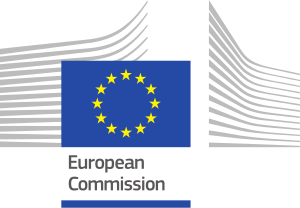One of the specific objectives of JA2 was to test the capacity of national HTA bodies to produce structured core HTA information (including rapid Relative Effectiveness Assessments (REAs) together and apply it in national context.
Two work packages in JA2 (WP 4 and 5) were dedicated to pilot a joint production process to produce full/comprehensive and rapid HTAs. Both were set to implement, pilot and further develop models and tools as well as production processes to support collaborative production of core HTA information. A total of 3 full core HTAs were produced by WP4 , and 6 rapid REAs on pharmaceuticals and 6 rapid REAs on other technologies were delivered by the end of JA2 (Link)
The overall experience proved the willingness of the European HTA bodies to work together, deliver the planned output and, in several cases, a readiness and ability to do so effectively. The testing of the models of the collaborative production indicated the necessity to improve access to project and programme management skills in the participating HTA organisations, especially those that are charged with the coordination functions in joint assessment process.
A wealth of practical experience and lessons learned on the process of joint production was continuously collected and resulted in immediate adjustments “on-the-go”: the process of the rapid REA pilots taking place in the last year of JA2 improved markedly. It further highlighted the necessity to have a much better, continuous insight into the HTA priority setting and topic identification processes on national and regional HTA production levels. Ensuring appropriate involvement of the line managers in charge of the local HTA production process, especially with a hands-on insight into the national/regional priority setting and topic selection will positively contribute to relevance of the European joint assessments to the national context.
Constructive cooperation with the stakeholder groups including technology producers positively affected the joint assessment process both in terms of adhering to the timelines and ensuring better access to the information which assessors are to work with. Introduction of the EUnetHTA Submission Template for the technology producers further assisted with bringing clarity on and compliance with the evidence requirements of the HTA organisations in a concrete instance of technology assessment, which was positively commented by both the assessors and industry stakeholders.
The field-testing of joint production and tools supporting this work has given an invaluable insight into how to better structure and organise the joint work – and not the least, which approaches to employ to positively influence the national uptake of joint assessment results from the start of joint work. Specifically, topics selected for the joint assessments should be relevant for the national work programmes of the participating organisations or institutions. An appropriate process of committing and supporting these organisations to implement the results of the joint work in their national and regional settings needs to be further developed. Strengthened practical relevance of the European cooperation on HTA to the national decision-makers would contribute successfully to ensuring sustainability of the cooperation in the long run.

